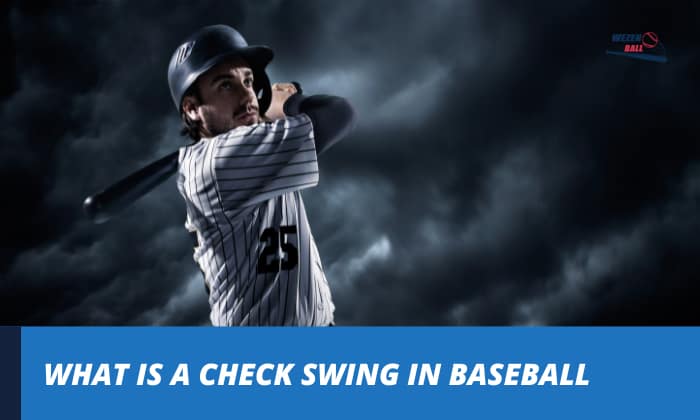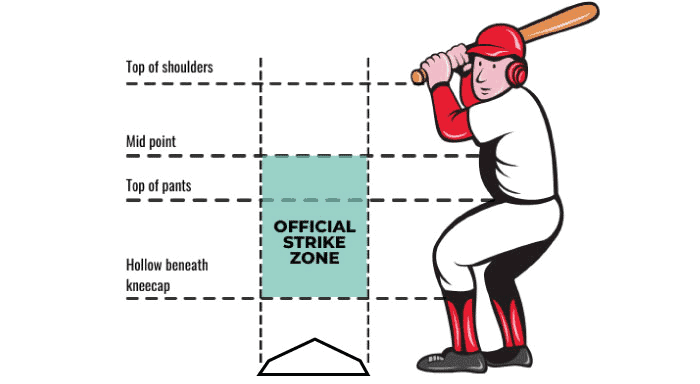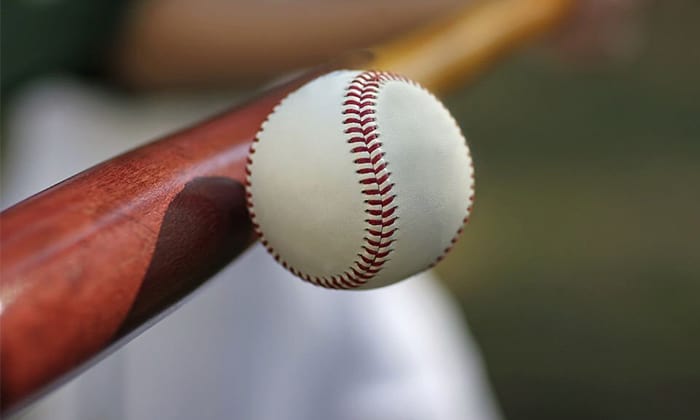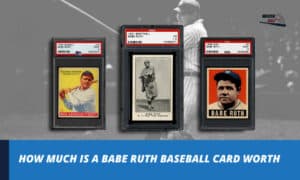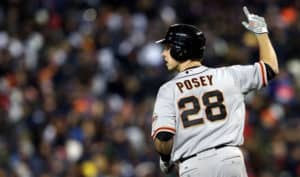A nerve-wracking part of a baseball game is when the batter stands adjacent to the home plate, anticipates the pitcher’s throw, and swings their bat to hit the ball!
However, you might notice that not all swings are made successfully, and some batters even opt for a “check swing.”
What is a check swing in baseball? In essence, it is described as:
- A swing where the batter stops, avoids hitting the ball, and lets it pass.
- A batter’s attempt to pull back a swing.
Let us explore more of this unique baseball swing!
Contents
Check Swing: What is It?
Baseball games start when the batter hits the ball and puts it into play. Here, a swing is made. An indispensable part of every game is the batter’s swing.
In the rulebook, there is no distinct rule on what is considered a swing. But by watching loads of games or even playing yourself, you would be aware that a swing is an act made when the batter rolls his wrists and tries to hit the ball in the strike zone.
However, not all swings cross the home plate. This is where the term checked swing in baseball comes in.
A check swing is a move in baseball done by hitters. This is when the batter swings the bat but does not hit the ball.
It sounds similar to a strike. However, this is where check swing controversy and confusion become an issue. There have been instances where people argued over whether a move was a check swing or a swing, particularly in games where one strike determined the losing or winning team.
You may have also heard of the check swing Padres incident, in which the umpire’s decision turned a walk into a strikeout.
Checked swing MLB 21 and MLB 22 are also common glitches for those who play video games.
What is Considered a Check Swing?
The only way to know when is a check swing called a strike, or if it is a check swing foul, is by noting the stipulated rules regarding this.
A true check swing is counted as a ball. In these instances, the batter did not commit a swing, did not touch the ball, and the swing did not pass over the strike zone.
The ball refers to any pitch not hit by a batter and does not enter the strike zone. But what is a strike zone? This is an area that helps the umpire distinguish between a ball and a strike.
The baseball check swing diagram shows where the swing must not pass over, and is also known as the strike zone. Currently, the strike zone is defined as the space between the batter’s knees and the middle of his torso. So if the check swing does not pass here, it is counted as a ball.
On the other hand, the check swing rules also mention when it is counted as a strike. If the umpire deems that no check swing happened and the batter hit a baseball that flew past the home plate, then it is a strike.
The MLB rule on check swing is primarily based on judgment calls. So, can you challenge a check swing in MLB?
Since the decision is up to an official, players can appeal the decision. Right-handed and left-handed hitters can ask for the second opinion of the first base and third base umpire, respectively.
Why is Check Swing a Thing?
The little league check swing rule also applies the same principles. However, it is important to note that the MLB rulebook does not have a particular stipulation for what a check swing is.
So why does the player do this kind of swing? Since baseball is a strategy game, techniques and timing play a huge role in a hitter’s decision to do a check swing.
For example, the batter can avoid hitting a fly ball with this move. This way, they prevent the other team’s baserunners from advancing and causing trouble.
However, instances also happen when the hitter just got confused with a pitch, leading to a mistaken check swing.
No matter why or how a check swing is in place, the hitter must be prepared for the judgment of the umpire and receive either a ball or a strike.
Frequently Asked Questions
How do I stop a swing?
Stopping a swing necessitates the hitter’s control of speed and balance. They must be prepared to quickly change their trajectory to avoid swinging.
The most important thing in stopping a swing is to be decisive. The hitter must make a firm split-second reaction to not hit the ball!
What is a check swing compared to a swing?
Essentially, a swing is a batter’s way of hitting a ball and putting it into play. However, if the hitter’s bat does not cross the home plate and does not hit a ball, it is considered a check swing.
How do you tell if a swing is checked?
According to the game rules, the umpire decides whether a swing is checked. They have the jurisdiction to apply their utmost discretion. Usually, umpires will see whether the wrists rolled over or not; if the conclusion is no, a check swing likely occurred.
Conclusion
That is all there is to the check swing. You may come across instances of a check swing homerun while watching games, but they are not common.
What is a check swing in baseball? It is when the batter stops while swinging for the ball, causing it to not cross the home plate. This is used in several instances, and it is either something intentional or a hitter’s mistake!
The decision all boils down to what the umpire would say. They are tasked to decide if a swing is a check or not.
So with these concepts, you are now equipped with the basic info on the check swing in baseball.

A powerful swing and the ball is flying across the field, just one hit, and we might never forget the thrill it brings. I do not know about you, but I never do. Every baseball game is the chance to compete with others and cooperate with your teammate. It is among my biggest passions.



